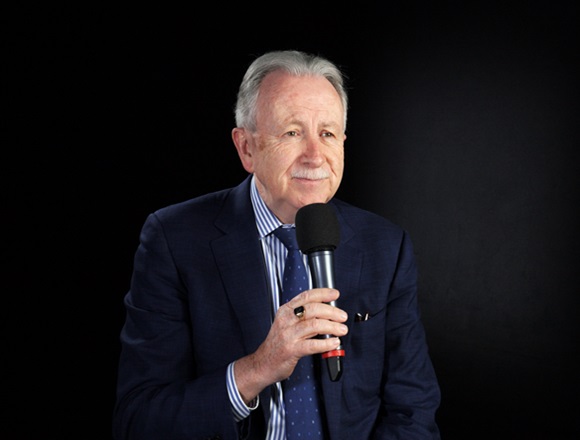Paul O’Byrne, MB, is dean and vice-president of the Faculty of Health Sciences at McMaster University. He is also a Distinguished University Professor of Medicine. His research interests are on the mechanisms and treatment of asthma, particularly the role of environmental allergens and the mechanisms by which these cause airway inflammation. He has served as chair of the executive committee of the Global Initiative for Asthma (GINA).
What percentage of patients treated with biologics for asthma develops resistance to monoclonal antibodies used in the therapy?
Paul O’Byrne, MB: The use of monoclonal antibodies in severe—particularly eosinophilic—asthma has been in place now for ~10 years, maybe a little bit longer than that, so we have quite a bit of experience in using a variety of different biologic approaches for asthma, some of which target IgE, some target eosinophilia through blocking interleukin (IL)-5 receptor, and others, which block either the IL-4 receptor alpha or thymic stromal lymphopoietin (TSLP), which is an upstream cytokine thought to be important in the inflammatory events downstream in asthma.
All of these have been proven to be effective, particularly in reducing severe asthma exacerbation risk, but are not equally effective in all patients. And so, in patients with high levels of eosinophils, very often the initial approach will be to use a biologic that reduces eosinophils, particularly by binding to IL-5 or its receptor. These antibodies, again, have been extremely effective, but the failure rate can vary a little bit in studies, and somewhere between perhaps 20% and 30% of patients will not get the kind of benefit that you would have expected or hoped for when using the biologic.
Now, there are different reasons for that. One reason is thought to be the dose administered of one of the biologics may be slightly lower than some patients need. Another reason is that autoantibodies develop against the protein that’s used in the biologic, and these autoantibodies can block the effect of the biologic. For one of these particularly, which is binding to IL-5 receptor, autoantibodies may occur in as high as 10% of patients, and therefore the drug will not work. The great advantage, however, is that because we have a variety of different approaches, if one antibody is not providing the kind of benefit one would expect or hope, then it’s relatively easy to switch to one of the other approaches that we have.
 English
English
 Español
Español
 українська
українська







